Almost two-thirds of Americans have confidence in charities, according to a new poll by the Chronicle of Philanthropy — the first to measure public views on the subject since 2008.
Although most expressed “a great deal” or “a fair amount” of confidence in charitable organizations and more than 80 percent said charities do a very good or somewhat good job helping people, dissatisfaction was also expressed. A significant number voiced concern about finances: a third said charities do a "not too good" or "not at all good" job spending money wisely; and 6 in 10 said their leaders are paid too much, the Chronicle reported.
Half of those surveyed said that in deciding where they will donate, it is very important for them to know that charities spend a low amount on salaries, administration, and fundraising; 34 percent said that was somewhat important. And 35 percent said they had little or no confidence in charities, the Chronicle underscored.
Maggie Gunther Osborn, President of the Connecticut Council for Philanthropy, points out that “in a new and positive era of transparency, better questions are being asked and more data provided about the positive impact of charities. The sector is being asked to more openly communicate and be accountable to the public trust. This is a good thing.”
“At the same time,” she added, “outliers and bad actors are publicized and amplified, tarnishing the sector and creating misinformation and incorrect perceptions.”
People who gave charities low marks on spending money wisely were asked what kind of spending they considered unwise. The biggest portion, 37 percent, cited salaries or other administrative costs. The second-highest answer, named by 11 percent, was advertising.
Mary Cahalane, a Connecticut-based nonprofit fundraising consultant and author of the blog Hands On Fundraising, said that “Charities need to do a better job explaining the importance of our work to the general public. Surveys like this are instructive.”
The Chronicle poll, conducted by Princeton Survey Research Associates International, surveyed 1,000 adults in June, asking several questions identical to those included in polls that Princeton conducted from 2002 to 2008.
Americans rank charities higher than a range of other institutions. Fifteen percent said they had a great deal of confidence in charitable organizations over all, with 21 percent stating the same about charities in their own communities. Other institutions did not fare nearly as well. In a June Gallup poll, only 4 percent said they had a great deal of confidence in Congress, 9 percent in big business, 10 percent in newspapers, and 12 percent in banks, public schools, and organized labor. The top scorers: the military (42 percent) and small business (34 percent), the Chronicle reported.
The survey found significant demographic differences in views toward charities. For example, young people were more positive than older people: 65 percent of 18- to 29-year-olds said they had a great deal or fair amount of confidence in charities, compared with 54 percent of people ages 65 and older. Republicans were more likely than Democrats to say nonprofits do a not-too-good or not-at-all-good job spending money wisely (38 percent and 22 percent, respectively), the Chronicle noted.
“Even the politicians are trying to highlight outliers in the sector to make statements about the whole which are creating false perceptions and in fact end up undermining the social purpose sector and creating false understandings,” Osborn explained.
“It also undermines the ability of the sector to continue to care for the most vulnerable, lift up and advance our society through the arts and education and create ways to deal with safety, environmental and health shifts of enormous impact on our daily lives,” she continued. “The majority of people, who have factual information or just faith, support and believe in the powerful good of the sector.”
Cahalane also noted three thoroughly debunked myths about charities, which nonetheless remain widely held, are reflected in the survey results:
- Myth #1: Charities should spend every dollar on direct service. This has been called the “overhead myth”. Services can’t happen without administrative and fundraising support. Charities should spend money wisely, but looking at a ratio of service versus administration expenses is not wise. The largest watchdog groups have realized this, she points out.
- Myth #2: Nonprofit staff don’t deserve to be paid for their work. Many staff people have years of specialized experience and skill. This is their profession, and they deserve to be paid fairly for their work. If charities are to run well, skilled people are needed to do the work. A few egregious examples of high executive salaries shouldn’t fool anyone: most in the industry make considerably less than they would in the for-profit world, Cahalane explains.
- Myth #3: People make giving decisions based on low salaries or administrative costs. Most do not. Most give to organizations that make a good case for giving - organizations that move their hearts and align with their values, she emphasized.
 When asked in the survey about factors that influence their giving, the biggest portion, 68 percent, said it is very important the charity has evidence that its programs are effective. The other factors, in addition to the 50 percent who favored low overhead spending: the charity gets good ratings from watchdogs, 54 percent; it works on a cause that has affected me or my loved ones, 39 percent; it only occasionally asks for money, 27 percent; and I know people who work there, 24 percent.
When asked in the survey about factors that influence their giving, the biggest portion, 68 percent, said it is very important the charity has evidence that its programs are effective. The other factors, in addition to the 50 percent who favored low overhead spending: the charity gets good ratings from watchdogs, 54 percent; it works on a cause that has affected me or my loved ones, 39 percent; it only occasionally asks for money, 27 percent; and I know people who work there, 24 percent.
In the survey, women had more confidence than men (66 percent to 57 percent) in charitable organizations, and college graduates had more than those with just some college (73 percent to 56 percent). In 2008, 64 percent said they had a great deal or a fair amount of confidence in charities, compared with 62 percent in the new poll.
Update: Additional Resource






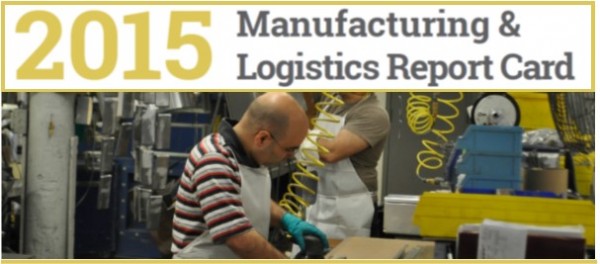
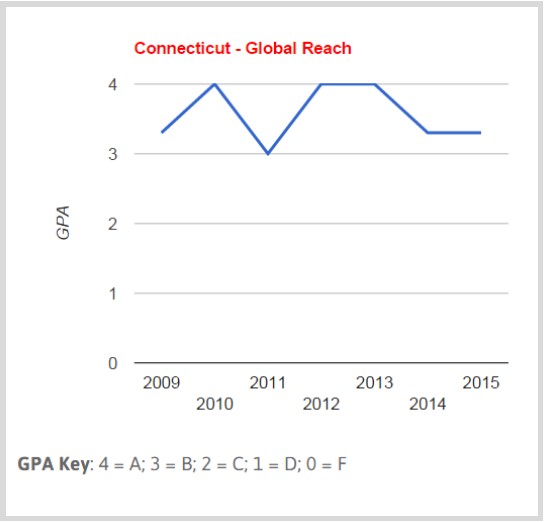
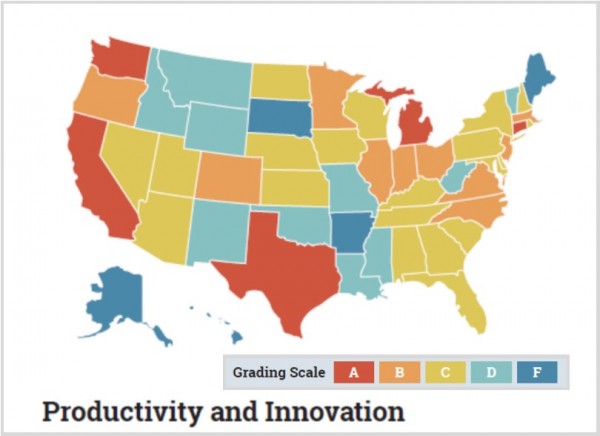









 When asked in the survey about factors that influence their giving, the biggest portion, 68 percent, said it is very important the charity has evidence that its programs are effective. The other factors, in addition to the 50 percent who favored low overhead spending: the charity gets good ratings from watchdogs, 54 percent; it works on a cause that has affected me or my loved ones, 39 percent; it only occasionally asks for money, 27 percent; and I know people who work there, 24 percent.
When asked in the survey about factors that influence their giving, the biggest portion, 68 percent, said it is very important the charity has evidence that its programs are effective. The other factors, in addition to the 50 percent who favored low overhead spending: the charity gets good ratings from watchdogs, 54 percent; it works on a cause that has affected me or my loved ones, 39 percent; it only occasionally asks for money, 27 percent; and I know people who work there, 24 percent.

 As the Westfair website describes, “In keeping with its founders’ principles, the newspapers focus on the local and regional business community with news and information that are helpful to business people. As a premier source of business information on matters of concern and interest …Westfair business publications and its website westfaironline.com, provide up-to-date news and information on issues important and pertinent to the regional business marketplace.”
As the Westfair website describes, “In keeping with its founders’ principles, the newspapers focus on the local and regional business community with news and information that are helpful to business people. As a premier source of business information on matters of concern and interest …Westfair business publications and its website westfaironline.com, provide up-to-date news and information on issues important and pertinent to the regional business marketplace.”
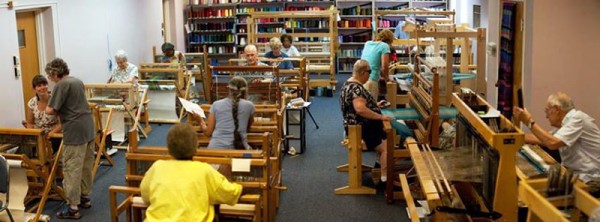
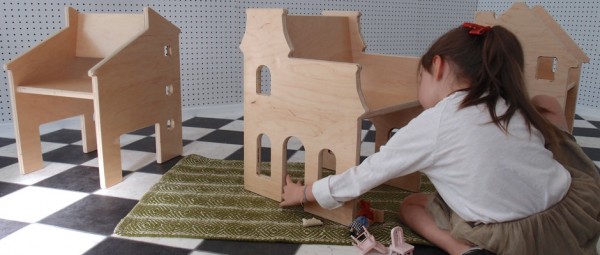

 Increasing College Retention for Minority Women in the Greater Hartford area. This new program will provide a stipend for USJ Latina students to complete an internship at either the Connecticut Department of Children and Families or the USJ Gengras Center. It will also provide inspiration to Bulkeley high school girls to hear from the USJ students about exploring careers and remaining in school.
Increasing College Retention for Minority Women in the Greater Hartford area. This new program will provide a stipend for USJ Latina students to complete an internship at either the Connecticut Department of Children and Families or the USJ Gengras Center. It will also provide inspiration to Bulkeley high school girls to hear from the USJ students about exploring careers and remaining in school.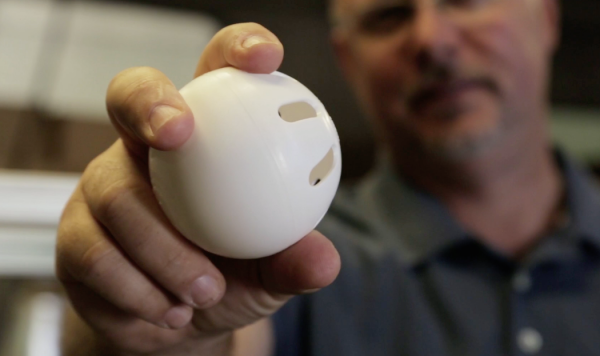 It all began in the summer of 1953, when David N. Mullany, grandfather of the current company owners (brothers David and Stephen) was watching his 12 year old son and a friend play a game in their backyard in Fairfield, using a perforated plastic golf ball and a broomstick handle. They had given up on baseball and softball - not enough players for two teams, not enough space for a field, and too many broken windows.
It all began in the summer of 1953, when David N. Mullany, grandfather of the current company owners (brothers David and Stephen) was watching his 12 year old son and a friend play a game in their backyard in Fairfield, using a perforated plastic golf ball and a broomstick handle. They had given up on baseball and softball - not enough players for two teams, not enough space for a field, and too many broken windows.
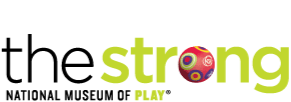 Established in 1998, the
Established in 1998, the 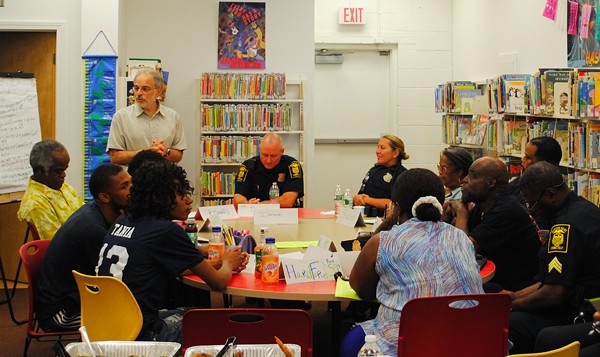
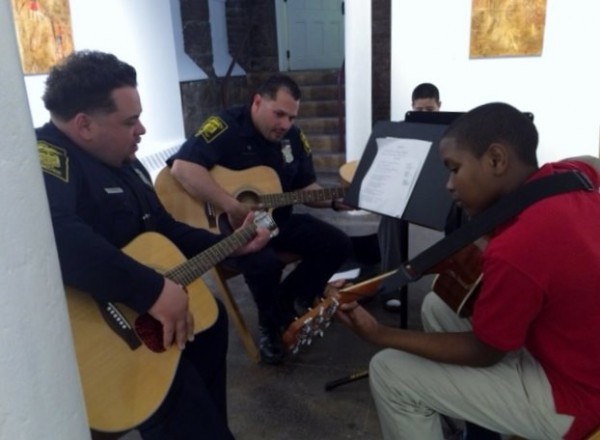
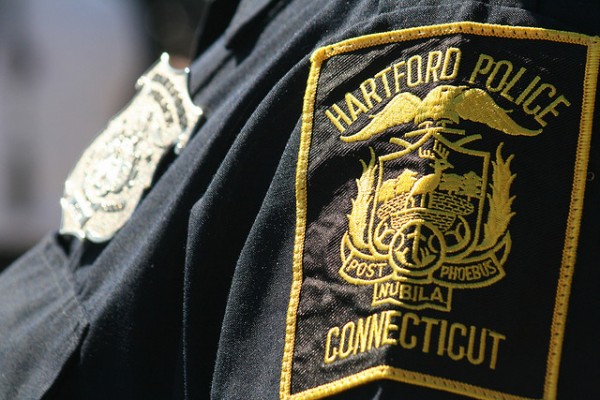 At the same time, another initiative in the city was taking root – one which soon reached the pages of
At the same time, another initiative in the city was taking root – one which soon reached the pages of  Last month
Last month




























